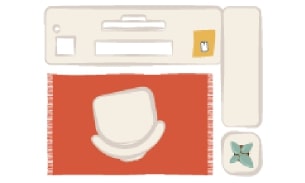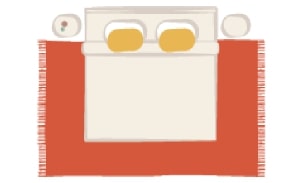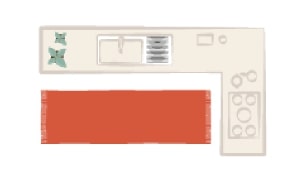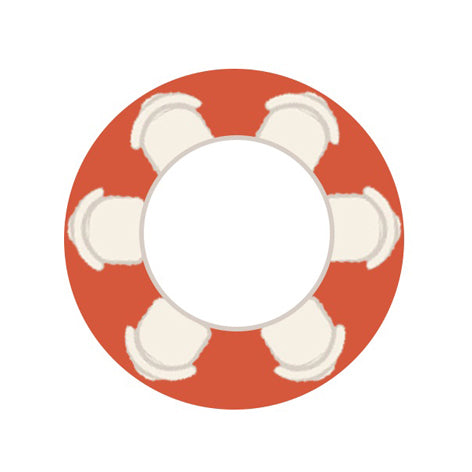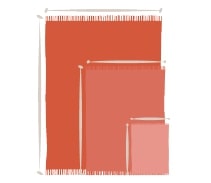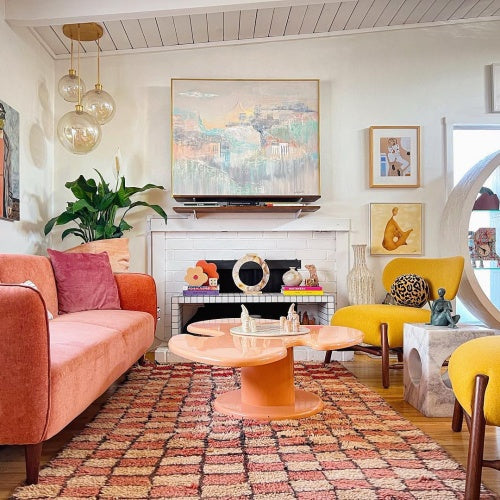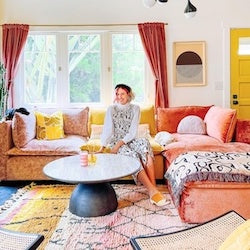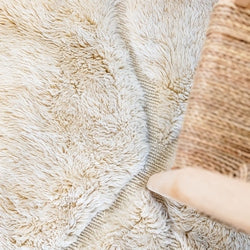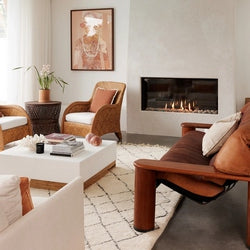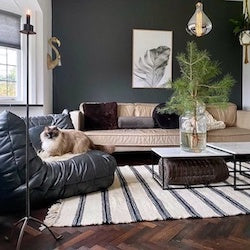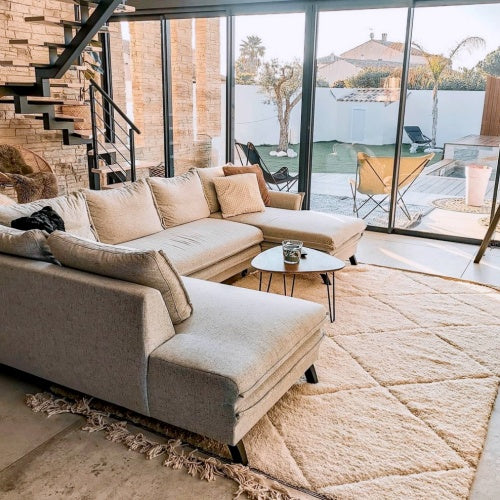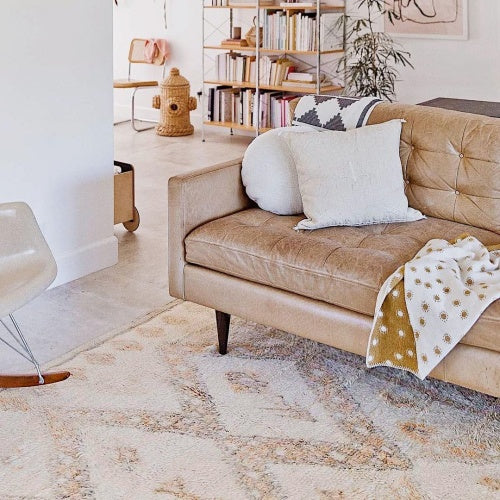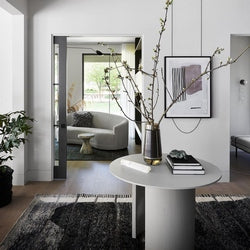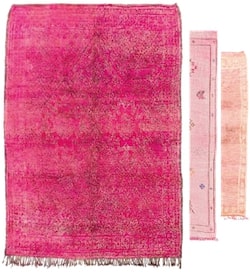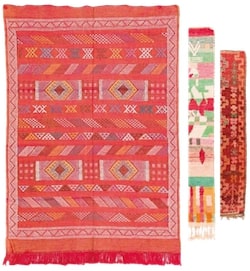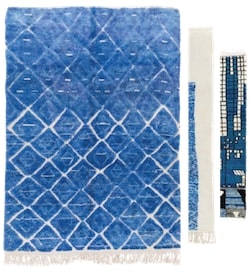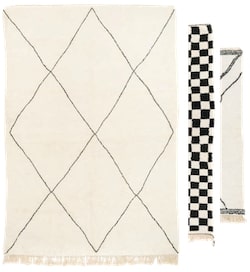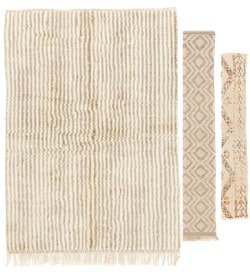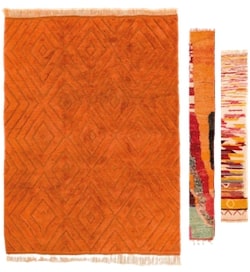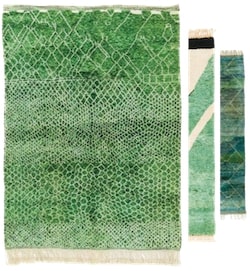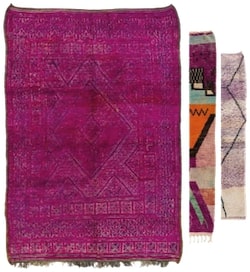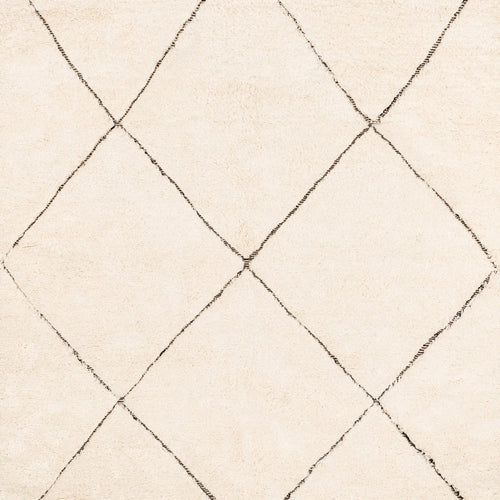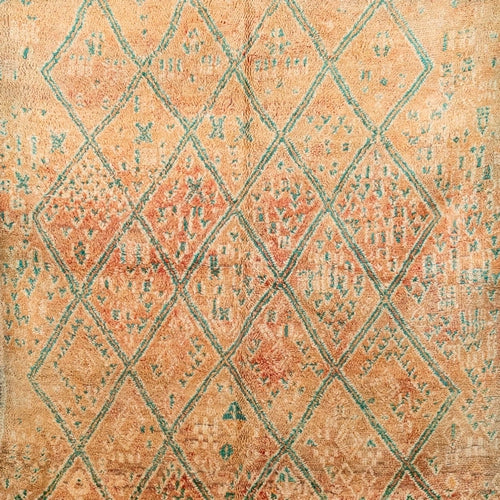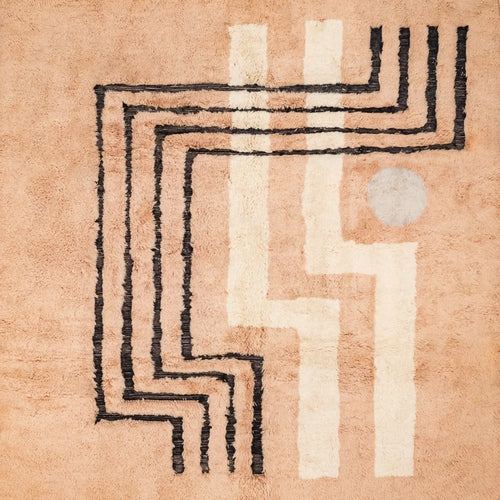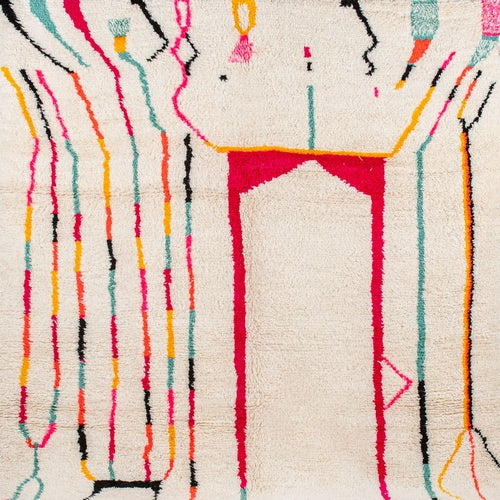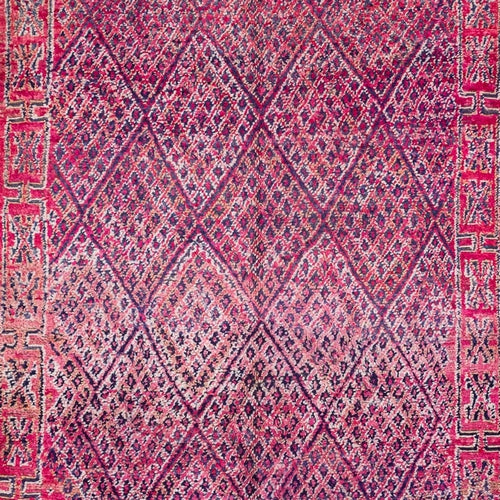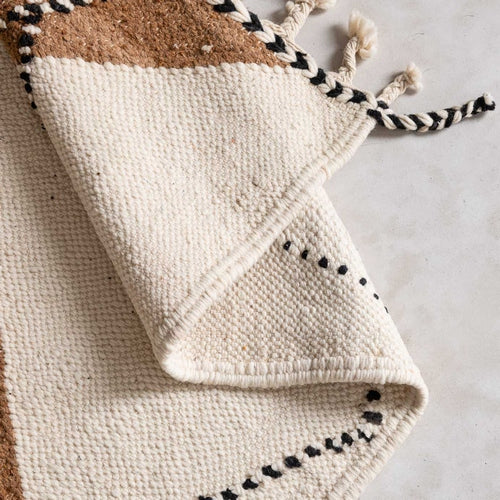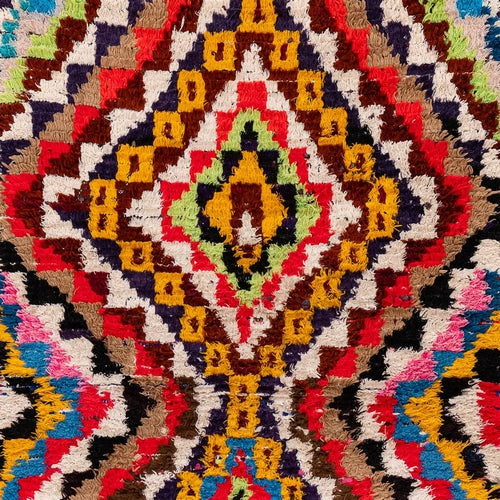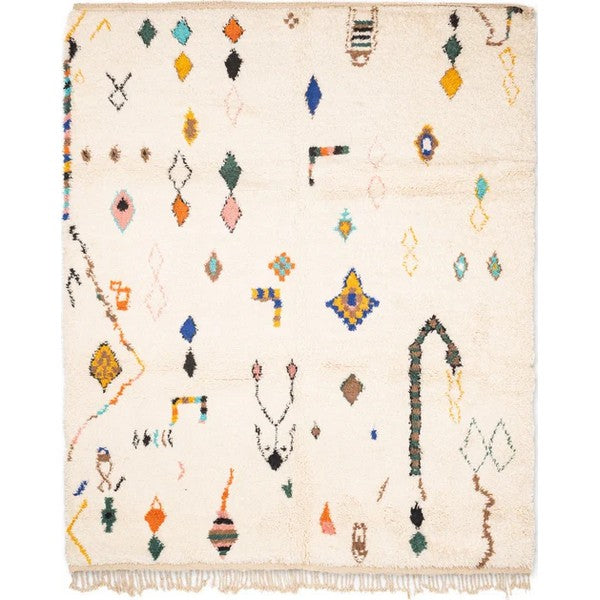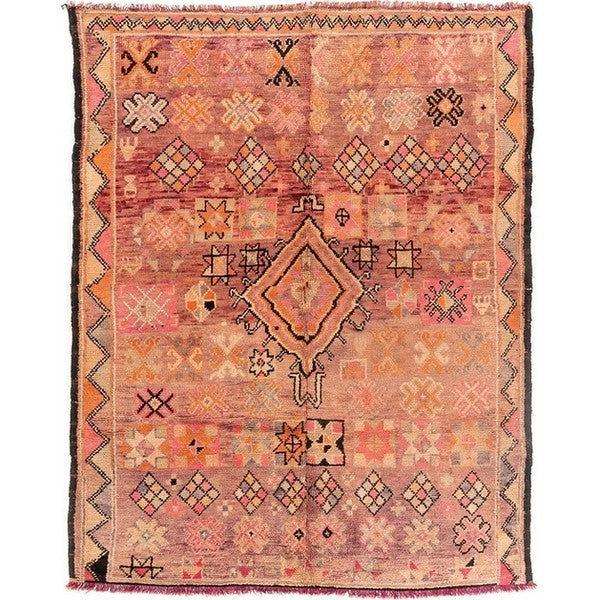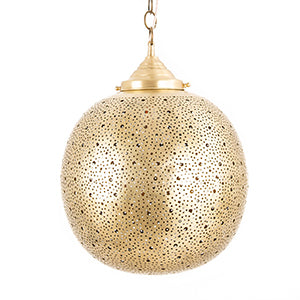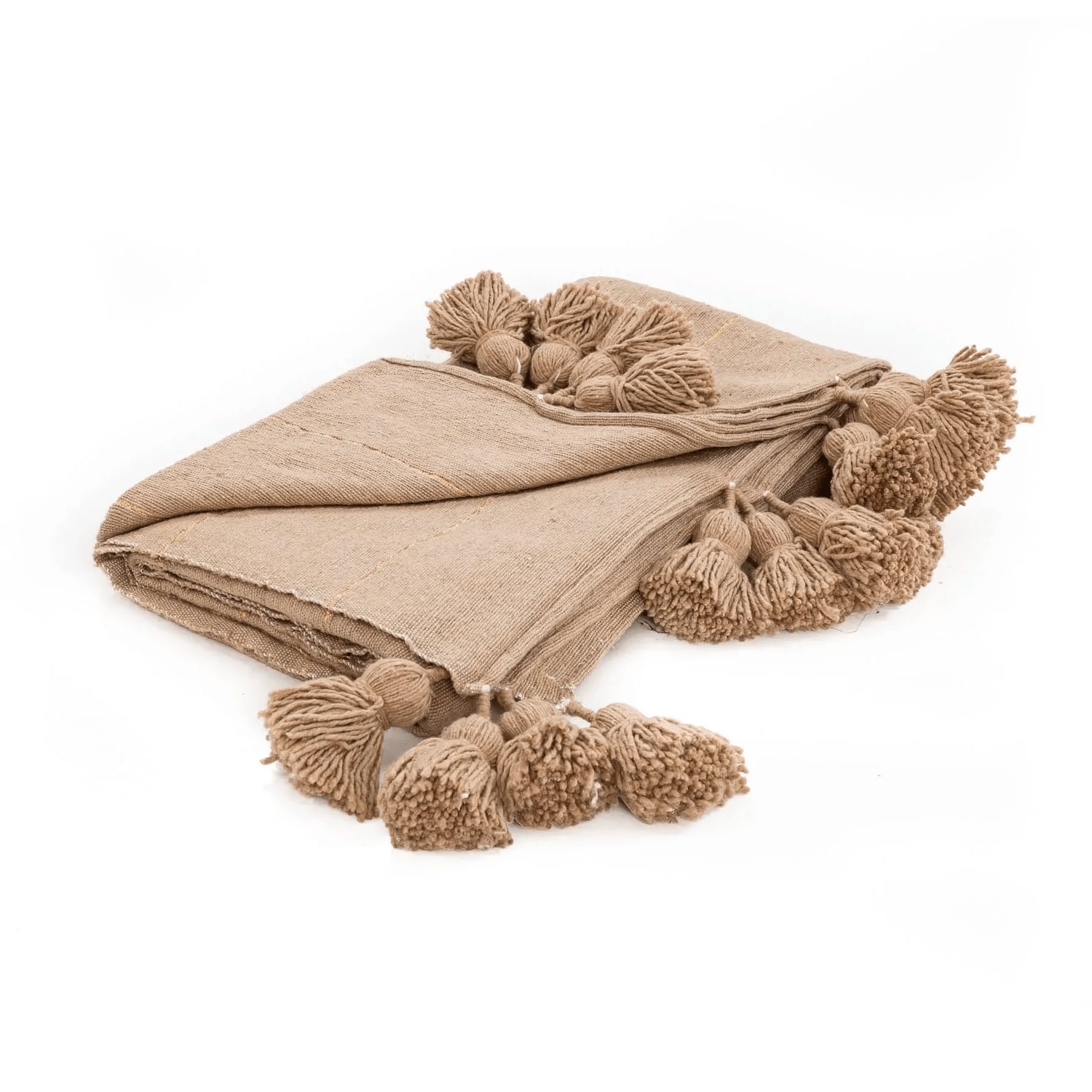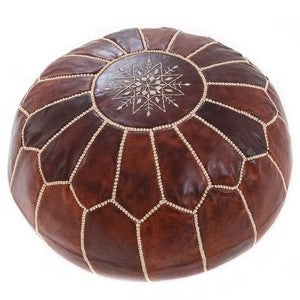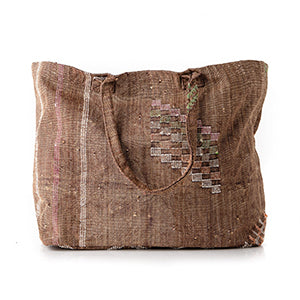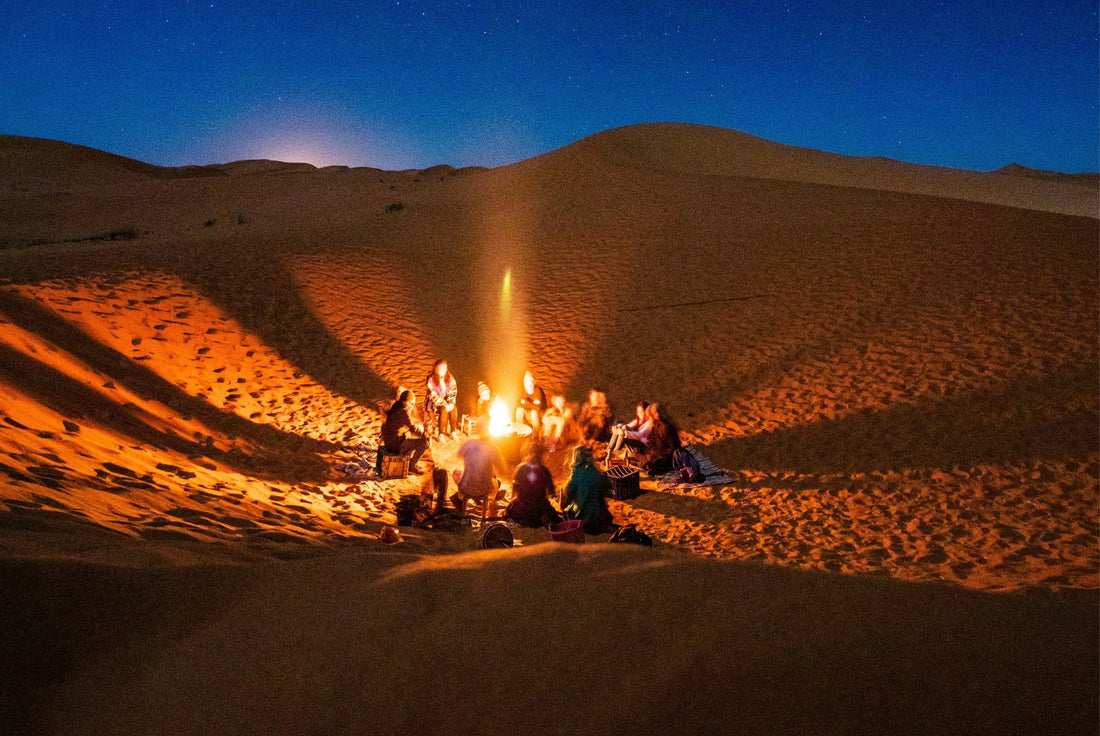Moroccan culture and tradition can trace its roots through the deep connection the Berber tribes have with their land. The same tribes that are custodians to the land today were custodians of the land for millennia before the Phoenicians arrived in the 8th Century BCE. The subsequent conquests of Romans, Byzantines and Muslims have added layers to Moroccan culture, but the foundations have remained the same. The Berbers are nomadic in soul, whose focus on survival leaves little respect for abstract borders drawn on a map. Their culture preaches the pragmatic values and skills needed to survive their harsh climates so that the Berber Baton can be passed from one generation to the next in this millennia old relay race.
The great Arabian Nights is proof of long story telling traditions of the nomadic tribes of the Southern Hemisphere. These stories would have been passed down countless generations before their recordings from the 8th Century onward, around a campfire, with a rug as the seat.

The rugs themselves were prized possessions for the owner, providing comfort throughout their tough lives. A rug, woven by a loving mother for their child would have immortalized the key virtues and charms the mother thought their beloved child should have to be able to complete their life journey and pass the baton to the next generation.

Saharan Berbers have plied Camel Trains through the Sahara for time immemorial. In a landscape bereft of landmarks, they learned to use the night sky as a map, and over time they learned the routes through the mountains by the star lit sky. Boujad, M’rirt and Azilal rugs are named after the regions they come from, as opposed to the tribe who makes them. Long ago, these rugs were traded for goods with the Caravans passing through the towns on their mountain path, and so the traders named them after where they got them from, the regions around Boujad, M’rirt and Azilal. Over time, this trade led to a sharing of stories which fused together to create a common symbology in rug design and meanings.

The Rug Road runs through the Moroccan Atlas Mountains, connecting the Atlantic Ocean and Marrakesh with the Mediterranean and the trading routes with Europe and the Middle East. Typically, first stop would be Azilal, where to this day tribal families travel up to 100km to sell their rugs at the Thursday Souk and then get necessary materials for life back in the wilderness. Azilal was used by the French as an outpost into the Moroccan Atlas and this is where they incorporated Moroccan Azilal rugs into the contemporary European design.

Later, the road leads to Boujad. The town of Bouja’d in Khouribga Province is a small market town, where, like Azilal, local tribes take surplus rugs to sell in exchange for goods. To this day Boujad enjoys the Moussem festival, where craft fairs and horse festivals are held simultaneously, in respect to the importance of both the mount and the Boujad rug in nomadic Boujad Berber culture.
Later, the road takes you to M’rirt, some 1113m above sea level. M’rirt is centre to several mineral deposits which have been mined since the Middle Ages, including lead, zinc, silver, gold and tungsten, and like Boujad, has long been a place of passage and trade.
Beni M’rirt rugs are known for their fertility symbols. The chevron represents open legs, the lozenge, both closed and those with extended sides, is a representation of the womb matrix, the x-shape represents the body with arms and legs spread out, where the woman is “open”, ready to conceive.
The predominance of fertility symbols is testament to the harsh, nomadic life where infant mortality is high and where wealth, and the ability to feed a family through the winter months is measured by the size of the herd. The Berber tribes wish for fertility because more babies, both human and animal, increases the wealth and strength of the clan.
After M’rirt the road would lead through the Beni tribes. First was the Beni-M’guild tribe, who migrate between fixed settlements in the highlands and tent settlements in the lowlands in a seasonal pattern, and the surrounding tribes who would in turn rotate between pastures in an unwritten tradition. Later comes the lands belonging to the clans of the Beni Ourain tribe, who traditionally rotated between pastures with their herds and tent settlements. The motifs used on the rugs are often tribal and some rugs are landscapes, a pictorial reference to home during those long migrations. To the Beni tribes, rug-making is an emotional art, imbuing the hopes and desires of the maker. There is an initiation ceremony for these rugs, which involves burning the edges of the rug to repel evil spirits from being envious of the rug’s beauty.

In reverence to this age old tradition, Benisouk travels the rug road through the Moroccan Atlas Mountains to find the highest quality and unique genuine Berber Moroccan Rugs, direct from the Berber craftswomen who made them. For more information about Contemporary Moroccan Rugs you can browse our Blog and to see our collection of beautiful and original Moroccan Rugs then we invite you to look through our shop, Benisouk.com
